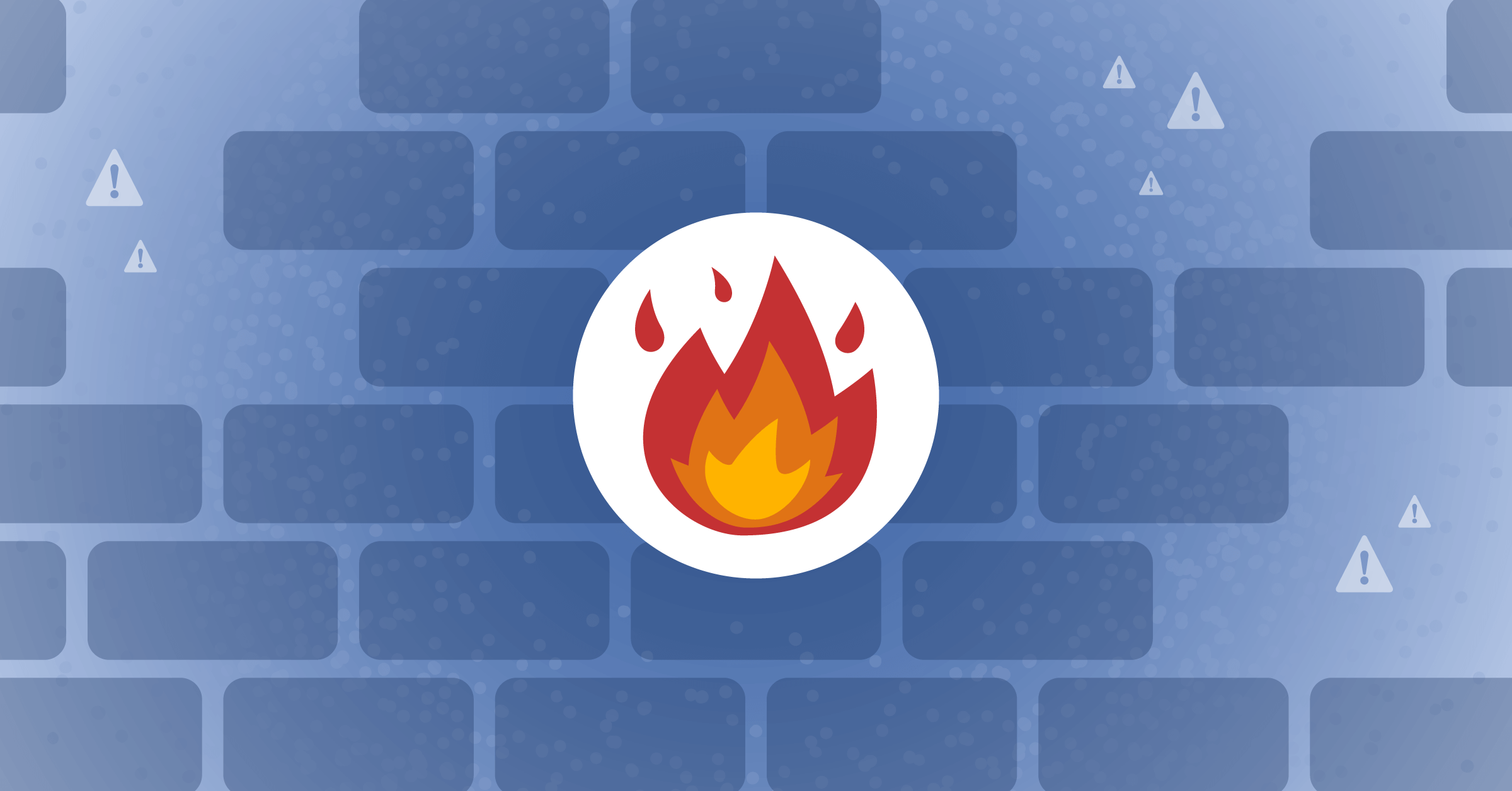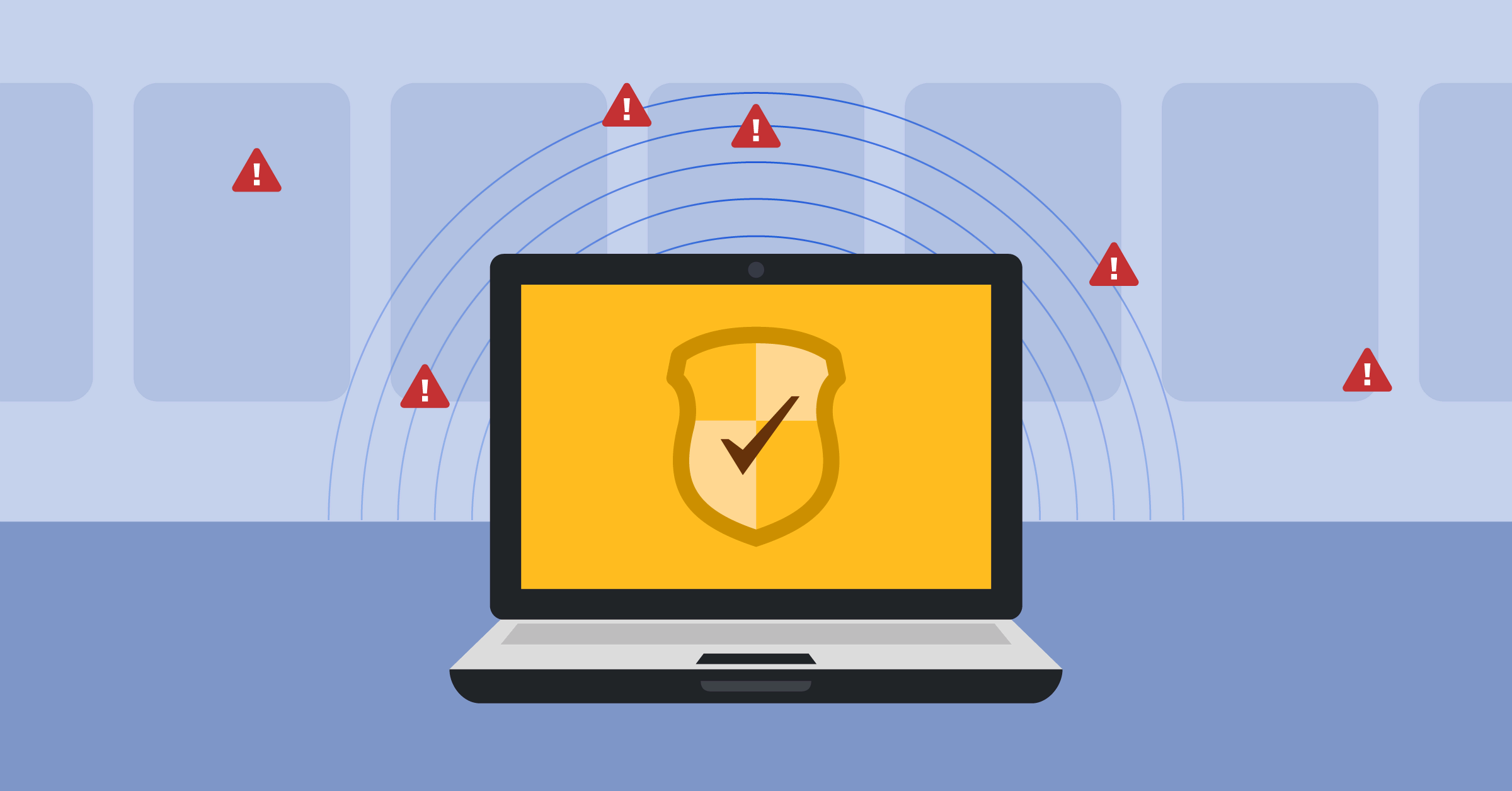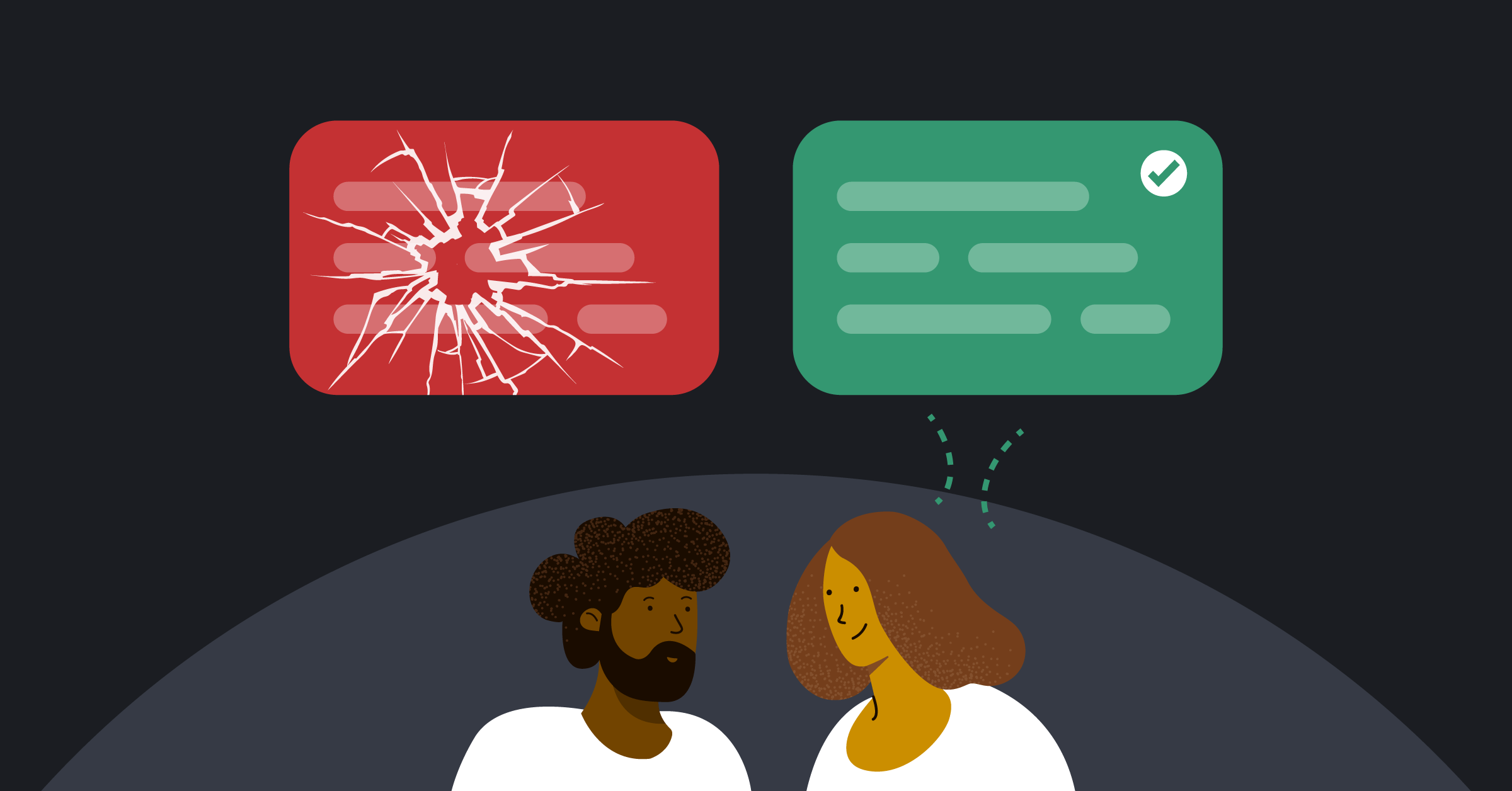
The future of workplace messaging
Recently, a colleague of mine joked that she manages a marketing team of three: Claire, Mark, and Sally. The punchline is that she’s referring to Clearbit, Marketo, and Salesforce. She felt that way because they each have their own role with unique insights and jobs, and her team shares information with everyone else the same way she does through chat.
This helped me realize that modern workplace messaging has become a common interface for both people and software to collaborate, and our mental model for chat is quickly evolving.
Messaging as a notification center
As the apps we use increase in number and also become more ingrained in our work, they’ve started talking to us in the same places that we talk to each other. Slack popularized the mental model of messaging as the notification center for the workplace, organized by shared goals. Channels replaced rooms as the primary way to organize conversations around specific topics, and messages can come from either people or tools.
An analogy for this could be the notification screen on your phone. Your notification screen centralizes inbound messages in one place—some from people and others from apps—and you can have one-off interactions directly from there.
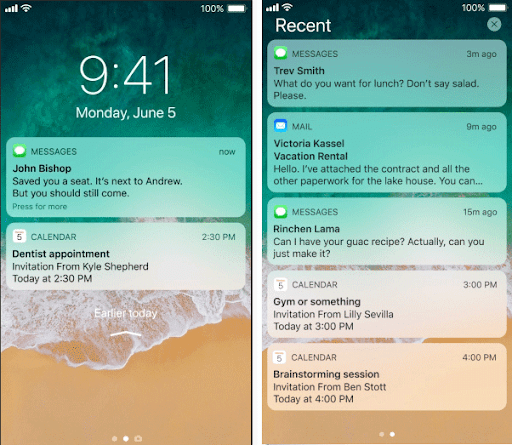
This mental model revolutionizes how we collaborate and what we expect from our tools. The fact that the messaging tool acts as the notification center doesn’t eliminate the need for other tools as destinations nor deeper ways to communicate. Developers will still spend much of their time in GitHub, designers in Figma, support staff in Zendesk, and all of those tools still have their own communication capabilities. But messaging is the most accessible plane of collaboration that can connect any node in the workplace, people and software alike.
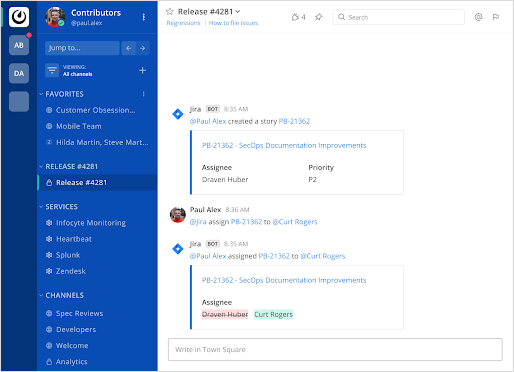
This had made it much more feasible to collaborate at scale without being in the same room. Information that used to be siloed in email or direct messages is now much more discoverable and accessible. This also reduces context switching as users can choose to take a deep dive or just be informed at a glance from one place.
The problems with messaging today
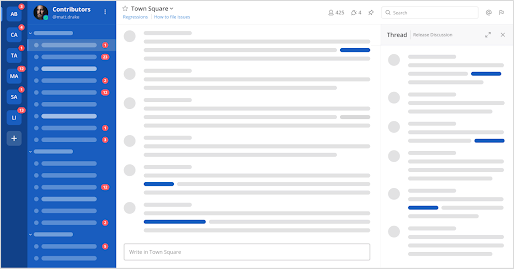
Although messaging is still gaining popularity among workplaces, its early adopters are already hitting its limits. For example:
- Instant notification is a double-edged sword. Just like on your smartphone, it can feel like a perpetual hamster wheel to achieve inbox zero and a losing battle to protect your focus for deep work.
- Workplace collaboration is often process-driven, but context is lost as soon as you stop monitoring the ongoing conversation. At best, it creates a bit of FOMO and, at worst, it becomes a bottleneck for organizations to scale their ability to execute.
- Tools are only helpful if you can memorize the right keywords to say and they also don’t dynamically collaborate with each other the way people do. Think about the last time you tried to guess the slash commands for a bot—I bet it didn’t take long.
In the future: Messaging as a command center
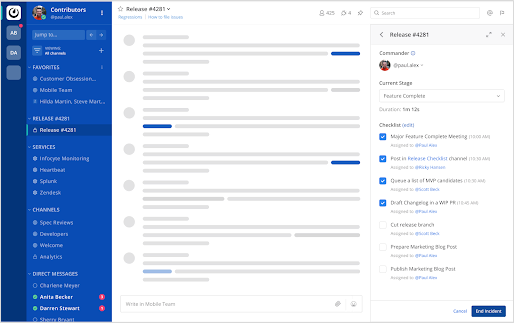
Despite building a messaging platform, we at Mattermost don’t believe that messaging is always the best way to collaborate. Instead, just like everything else in life, there is a time and place for it.
Drawing from the experience of our customers, we’ve come to believe that workplace messaging is most effective in scenarios with some or all of these characteristics:
- Urgent or time-sensitive situations
- Triage and jump off elsewhere for deeper collaboration
- Multiple conversations in parallel with maximum transparency
To give a real-life example, we follow a publicly documented release process. But the reality is that things never go exactly according to plan.
For each release, the Release Manager uses a dedicated channel to centralize conversations among contributors who range from developers and designers to legal and marketing. She then uses a shared list of action items to track progress within Mattermost, which makes it easy to assign responsibility and align effort towards the shared goal. Some items are automated and tracked for transparency while others require human intervention.
Of course, people branch out elsewhere to do their part but share back afterwards, as messaging is the trunk that connects to everyone and everything. Mattermost the product is effectively a command center for how Mattermost the organization operates.
With ongoing innovation, our mental model will keep evolving, and I believe messaging will become a command center of the workplace. It will be the place to not only receive information, but also make decisions, take actions, and iterate collaboratively in real time. We are taking an opinionated approach to help our customers become more effective at things that (here comes the punchline) matter most.
We’re working on a number of features that we hope will enable Mattermost to better address these scenarios and bring workplace messaging into the future. Some of the specific features to help drive cross-team collaboration in time-sensitive situations are already in private beta and we can’t wait to share them publicly.
If you’re interested in learning more, I’d love to hear from you at [email protected].
